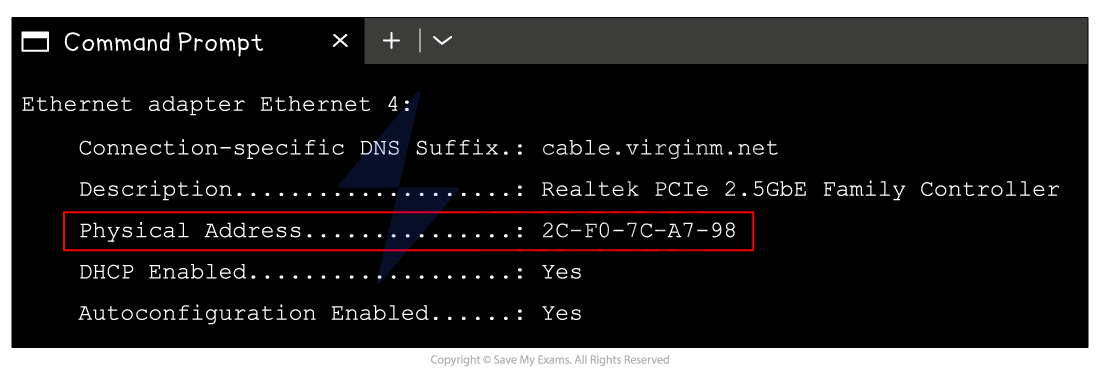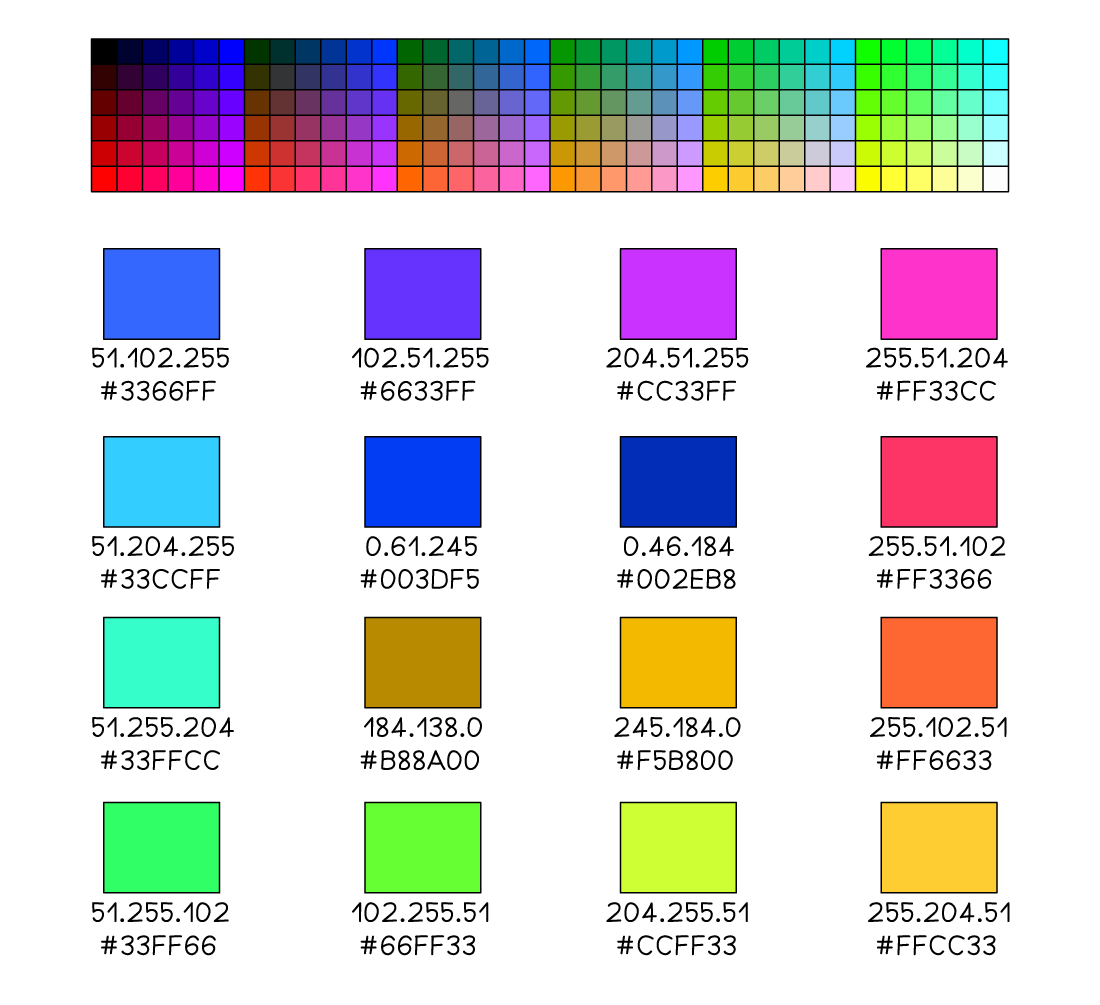Converting Between Denary & Hexadecimal (OCR GCSE Computer Science): Revision Note
Exam code: J277
Denary to Hexadecimal Conversion
What is hexadecimal?
Hexadecimal is a number system that is made up of 16 digits, 10 numbers (0-9) and 6 letters (A-F)
0 | 1 | 2 | 3 | 4 | 5 | 6 | 7 | 8 | 9 | 10 | 11 | 12 | 13 | 14 | 15 |
|---|---|---|---|---|---|---|---|---|---|---|---|---|---|---|---|
0 | 1 | 2 | 3 | 4 | 5 | 6 | 7 | 8 | 9 | A | B | C | D | E | F |
Hexadecimal is referred to as a Base-16 number system
Each digit has a weight factor of 16 raised to a power, the rightmost digit is 1s (16^0), the next digit to the left 16s (16^1)
In GCSE you are required to work with up to and including 2 digit hexadecimal values
16s | 1s |
|
|---|---|---|
1 | 3 |
|
1 x16 | 3 x 1 | = 19 |
A quick comparison table demonstrates a relationship between hexadecimal and a binary nibble
One hexadecimal digit can represent four bits of binary data

Examiner Tips and Tricks
A common exam mistake is mixing up which letter matches with what number, write out the 16 hexadecimal digits at the start of the exam!
Why is hexadecimal used?
In Computer Science hexadecimal is often preferred when working with large values
It takes fewer digits to represent a given value in hexadecimal than in binary
It is beneficial to use hexadecimal over binary because:
The more bits there are in a binary number, the harder it is to read
Numbers with more bits are more prone to errors when being copied
Examples of where hexadecimal can be seen:
MAC addresses

Colour values

How do you convert denary to hexadecimal?
Method 1 (denary to binary to hexadecimal)
To convert the denary number 28 to hexadecimal, start by converting the denary number to binary
128 | 64 | 32 | 16 | 8 | 4 | 2 | 1 |
|---|---|---|---|---|---|---|---|
0 | 0 | 0 | 1 | 1 | 1 | 0 | 0 |
Split the 8 bit binary number into two nibbles as shown below

Convert each nibble to its denary value
0001 = 1 and 1100 = 12
Using the comparison table, the denary value 1 is also 1 in hexadecimal whereas denary value 12 is represented in hexadecimal as C
Denary 28 is 1C in hexadecimal
Method 2 (divide by 16)
To convert the denary number 163 to hexadecimal, start by dividing the denary value by 16 and recording the whole times the number goes in and the remainder
163
16 = 10 remainder 3
In hexadecimal the whole number = digit 1 and the remainder = digit 2
Digit 1 = 10 (A)
Digit 2 = 3
Denary 163 is A3 in hexadecimal
Hexadecimal to Denary Conversion
How do you convert hexadecimal to denary?
Method 1 (hexadecimal to binary to denary)
To convert the hexadecimal number B9 to denary, take each hexadecimal value and convert it as denary to 4 bit binary

Join the two nibbles to make an 8 bit number (byte)
Convert from binary to denary
128 | 64 | 32 | 16 | 8 | 4 | 2 | 1 |
|---|---|---|---|---|---|---|---|
1 | 0 | 1 | 1 | 1 | 0 | 0 | 1 |
(1 x 128) + (1 x 32) + (1 x 16) + (1 x 8) + (1 x 1) = 185
Hexadecimal B9 is 185 in denary
Method 2 (multiply by 16)
To convert the hexadecimal number 79 to denary, start by multiplying the first hexadecimal digit by 16
7
16 = 112
Add digit 2 to the result
112 + 9 = 121
Hexadecimal 79 is 121 in denary
Examiner Tips and Tricks
Remember that the exam is non-calculator, if you are not confident multiplying and dividing by 16 then use method 1 on both conversions

Unlock more, it's free!
Did this page help you?